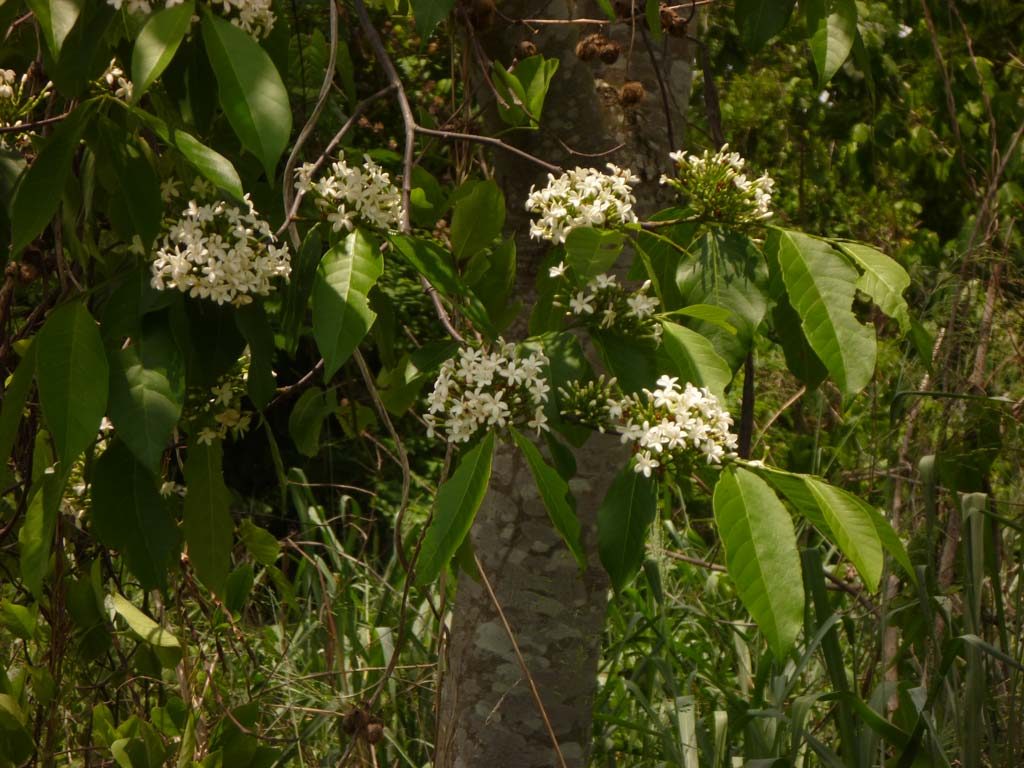
24 Jul Holarrhena floribunda
Scientific Name: Holarrhena floribunda G.Don T.Durand & Schinz.
Family: Apocynaceae.
Distribution/conservation status: widely distributed on drier ground in the forest zone and along watercourses in savanna areas. Not assessed by the IUCN Red List.
Common Names: False rubber tree (English), Ako-ire (Yoruba), Gamon sauwa (Hausa)
Fruits/seeds: long, brown, slender, pendulous pods, produced in pairs and containing numerous narrowly oblong seeds, each with a tuft of goldenbrown hairs.
Fruiting time: December – January.
Seed collection: collect pods before they are fully ripe and place on paper in a warm dry place until they split open and release seeds. If left to open on the tree, most seeds will be dispersed at some distance by the wind.
Type of seed: recalcitrant.
Sowing method: remove tufts of hairs from seeds and sow flat at a depth of 2cm. Sowing medium: equal parts forest top soil and cured sawdust.
Germination period: 19 days.
Germination percentage: 50%.
Growth/development: seedlings require partial shade.
Notes: fruits mature within a month or two after flowering but split open only after 3 – 4 months as rains begin. Fresh seeds should be sown immediately to ensure viability. The leaves are prone to attack by larvae of the Saturniid butterflies Imbrasia epimethea and Bunaea alcinoe, and may be severely defoliated.

Holarrhena floribunda flowering. credits: D.Bown

